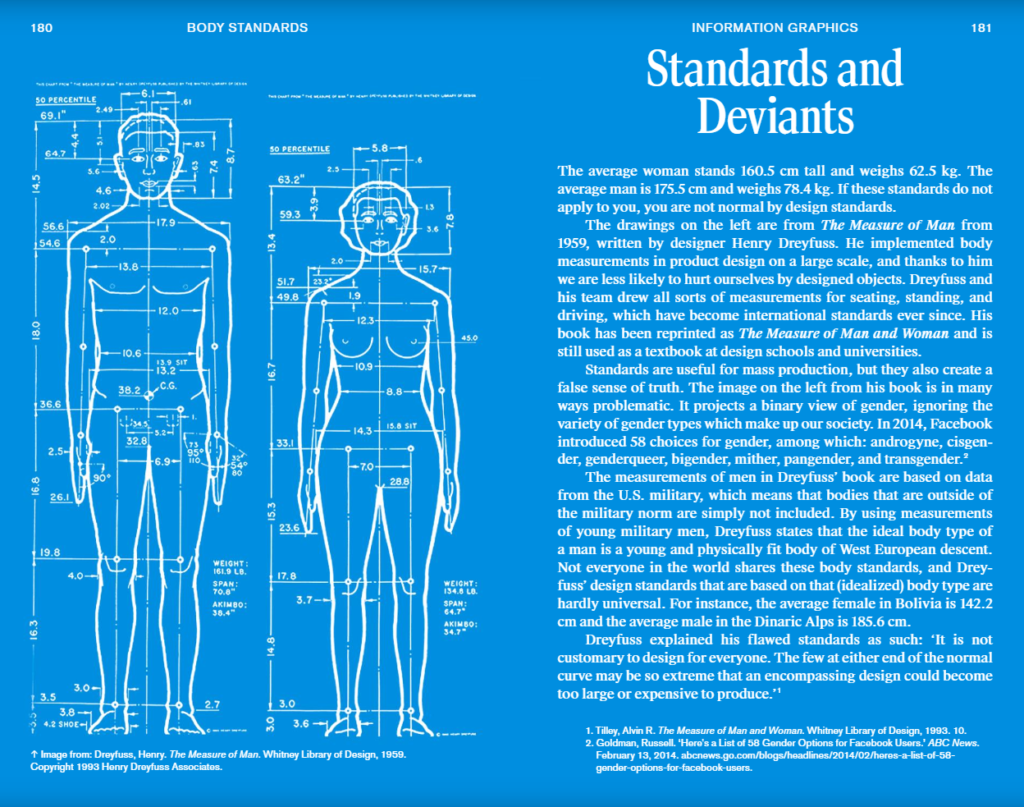If designers want to have the right to lead or even participate in the transformation of social systems, they have to develop a political competence, which, however, is often still lacking. Concepts, framework conditions, tools and, above all, a sensitivity must be developed in order to participate as a designer in the political dimension of society and to deal with it, to understand and question it. As in graphic design or product design, the designer has to learn a kind of vocabulary in order to familiarize himself with the field of knowledge and understand the needs and laws of politics – just not to remain a non-specialist in this field.
Design is political, that’s hardly a question these days. Many authors report on this fact again and again, whether Langdon Winner with his report on the discriminatory effects of the deep bridges in Long Island or Ruben Pater with his collection of examples in visual communication.

Everyone designs who devise courses of action aimed at changing existing situations into preferred ones. The intellectual activity that produces material artifacts is no different fundamentally from the one that prescribes remedies for a sick patient or the one that devises a new sales plan for a company or a social welfare policy for a state.
The Sciences of the Artificial, 1969 Herbert A. Simon
Like Eames, Herbert A. Simon describes design as a universal tool for all areas. Industrial design, medicine, business design, or government service design are all the same type of intellectual activity. Design thinking can address challenges in the entire area between material objects and social systems.
Design is what people do to reduce or eliminate the difference between the world as it is and what the desired state is. Political conflicts arise when there are different, competing interests and thus also ideas of the preferred system. If some actors consider the current system, or something similar, to be preferred, attempting to change that system can lead to conflict.
But political conflicts are not the only challenge that design in politics has to face. Another is the power aspect. At any point in time in any social system there is a different distribution of power among the social actors. This means that some of them will be able to either maintain the existing situation or determine which preferred situation suits their interests and realize such a preferred situation.
Every order is always an expression of a specific configuration of power relations.
Chantal Mouffe, Ernesto Laclau – Agonistics: Thinking the World Politically
This means that no design project targeting social systems takes place without a power factor. They are always trying to establish a new order in the social area, in which respect design and politics can no longer be distinguished.
It becomes possible in such a system to speak of the power of each actor, for power is a measure of the value within a system of the resources with which each actor begins (with that value itself deriving from the interests of other actors in these resources) and thus of the weight that the system applies to that actor’s interest in the aggregate satisfaction that is realized.
James S. Coleman – Foundations of Social Theory